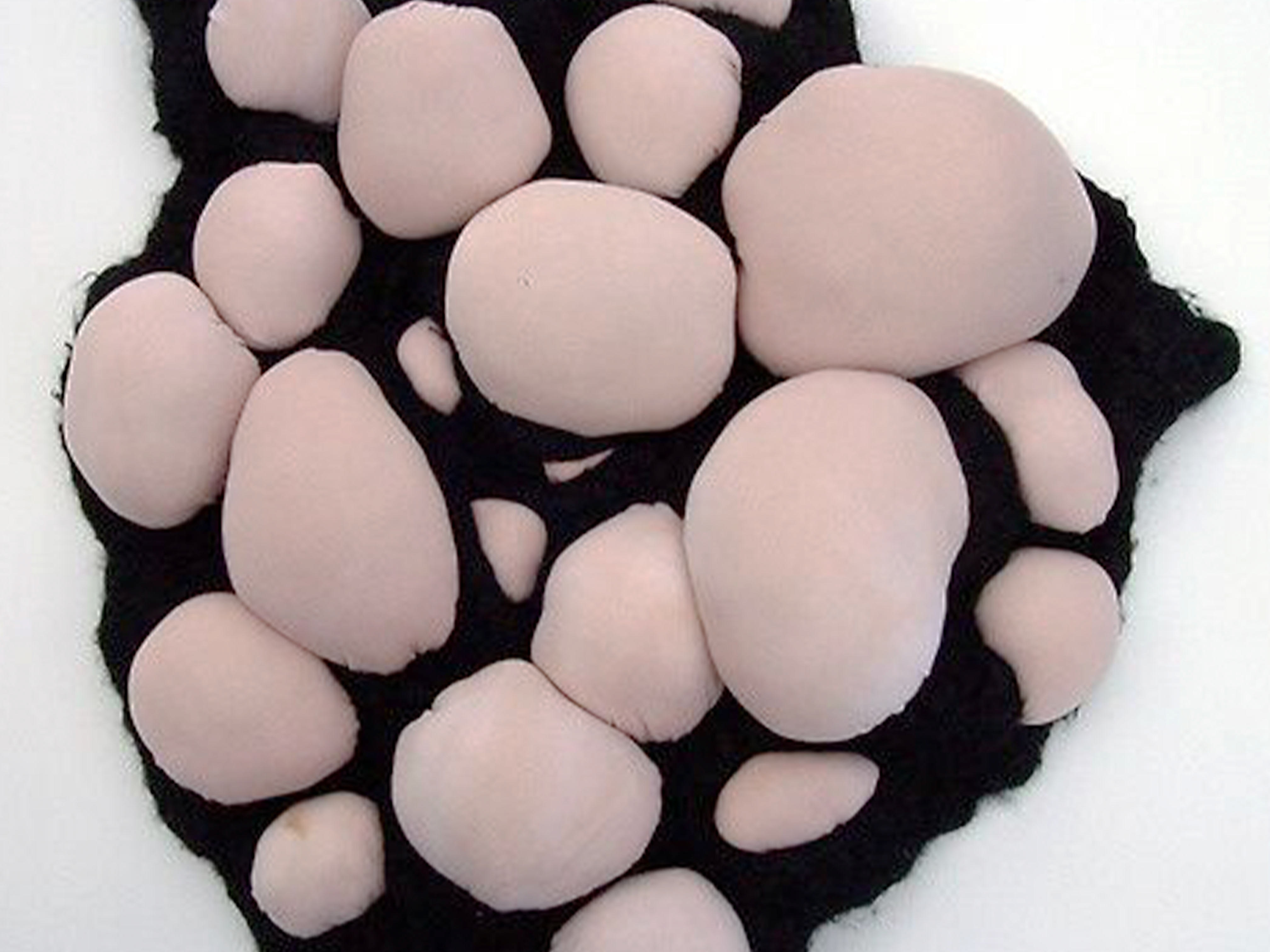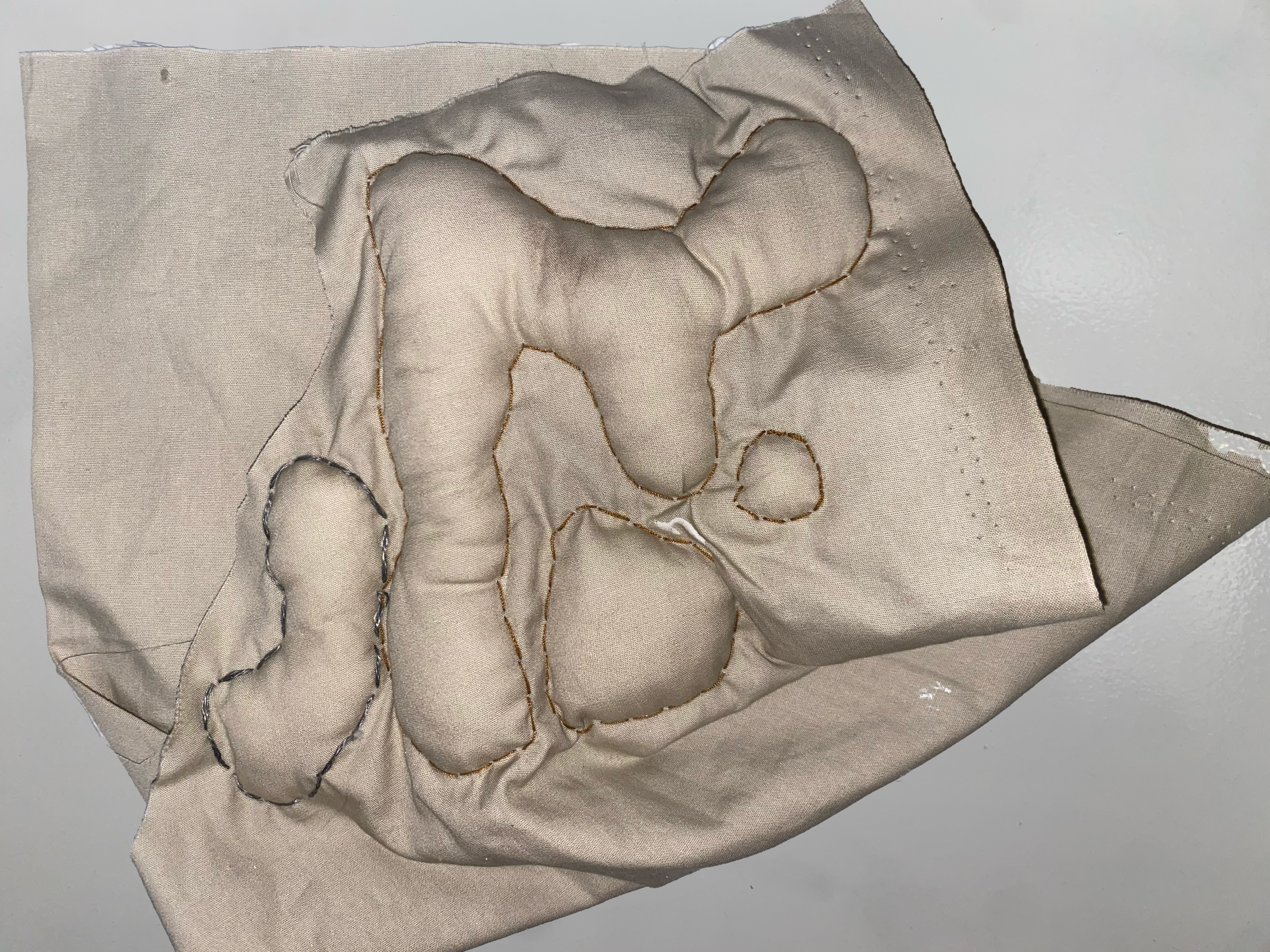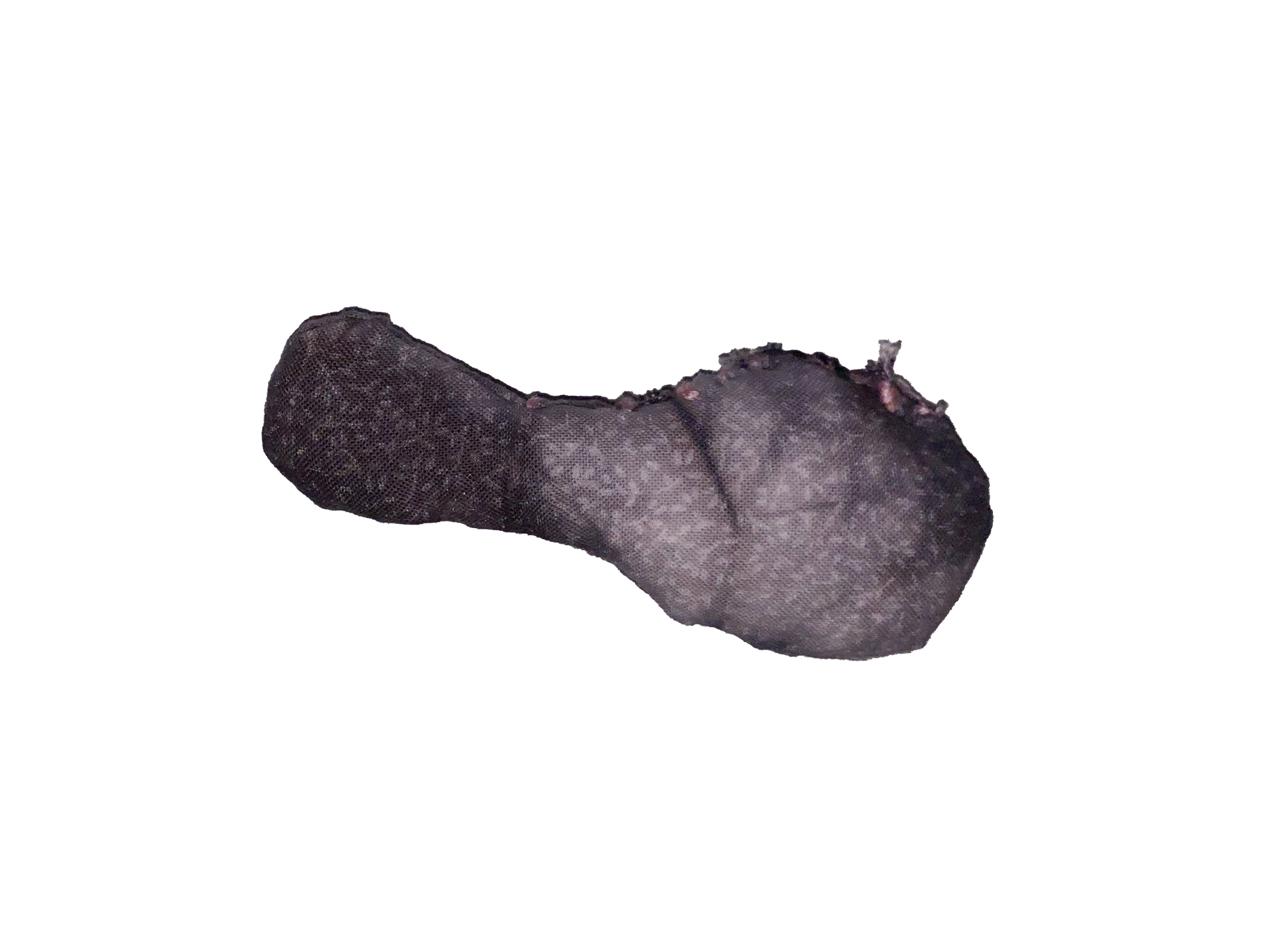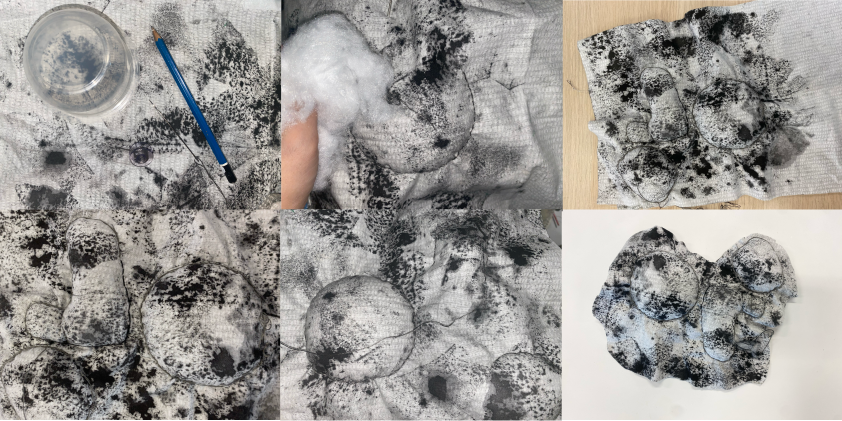
Welcome to Open Studios Preparation
One significant aid in preparing for the open studios was Andreas providing us with certain props to help curate and display our works more professionally and pleasantly. In an earlier class discussion, we explored what constitutes a good open studio, discussing likes, dislikes, and what can help enhance the presentation of our work. These conversations prompted me to consider how to present my work at my desk in a way that flows smoothly.
For this open studio as I am rushing for time I decided to make 2 tetxured objects. One contrasting one another, where one is gross and digusting whereas the other one is the opposite, For this I decide to use air dry clay and fabric for this. For the fabric, I went to source for scrap fabric at chinatown. The other thing I bought on shopee was conductive threads. One spool this small cost me 15$. I hope it works. Here are some image inspiration behind my objects.
Andreas Briefing
One thing that significantly aided in preparing for the open studios was Andreas providing us with certain props to help curate and display our works more professionally and pleasantly. Earlier, in a class discussion, we explored what constitutes a good open studio, discussing likes, dislikes, and what can help enhance the presentation of our work. These conversations prompted me to consider how to present my work at my desk in a way that flows smoothly.One thing that really helped with the open studioos preparation was that Andreas has provided us woth certain props that will help curate and display our works more professionaly and plesantly. Previously in week () we had a discusson with the class on what is considered a good open studio, the likes and dislikes and whay can help enable the presentation our work to be more beneficial. All those conversations allowed me to think how to present my work at my desk in a sense that has flow.
The Lotus
I don't like plants, one of the gross one in my opinion is the lotus seed plant. To replicate that
I decided to use air dry clay,
For this open studio as I am rushing for time I decided to make 2 tetxured objects. One
contrasting
one another, where one is gross and digusting whereas the other one is the opposite, For this I
decide
to use air dry clay and fabric for this. For the fabric, I went to source for scrap fabric at
chinatown.
The other thing I bought on shopee was conductive threads. One spool this small cost me 15$. I hope
it
works. Included are some image inspiration behind my objects.
For the lotus seed texture, I used air dry clay and rolled it out to get a flat and smooth surface.
Previously, I used a clay tool to get the circles but they were quite imperfect. To solve that issue,
I went to daiso to buy some piping tips and utilise the circle tip for punching out the holes which
works well. I borrowed the varnish from Ly, thinking after i painted the base clay with the black
conductive paint after it dries I would paint it over white and spray the avrnish over. But during
open studious I had a hard time setting uo as the conductive paint wasnt working due to the paint over
it. Andreas helped me solve the issue temporarily by adding a string of conductive thread and scraping
a small section of paint so the conductive paint is exposed. The things I learnt from thiswas how
conductive paint cannot diluted too much otehrwise it will not work. Also, I need to consider and plan
strategically on how to cover up the black paint in the future.
I also actually showed this
to some of my classmates and some had similar reactions that it reminded them exactly of the lotus
seed.
The Fabric Texture
In my first attempt at making the poofy thingy, I used rubber bands and cotton pads to try to micmic the effect as well as an attempt to sew. But becasue I was stingy with the amount of fabric used,it did nit look good. When I went to roundtable with Vikas and Shumin, they mentioned how the size of the texture matters and how I should consider the scale of the object as it affects how people will interact with it. I agreed with the points given and from there I made changea, I first used a pencil to sketch out the organic blob shape I was trying to go for and used the outline as a gauge to sew. One thing I also remembered was if I were to use the conductive thread, the thread has to be exposed. As in one of my experiment I thought if having a cleaner look by turning the fabric insdie out but the conductive thread can't be seen or touched.
In my first attempt at making the poofy thingy, I used rubber bands and cotton pads to try to micmic the effect as well as an attempt to sew. But becasue I was stingy with the amount of fabric used,it did nit look good. When I went to roundtable with Vikas and Shumin, they mentioned how the size of the texture matters and how I should consider the scale of the object as it affects how people will interact with it. I agreed with the points given and from there I made changea, I first used a pencil to sketch out the organic blob shape I was trying to go for and used the outline as a gauge to sew. One thing I also remembered was if I were to use the conductive thread, the thread has to be exposed. As in one of my experiment I thought if having a cleaner look by turning the fabric insdie out but the conductive thread can't be seen or touched.
Following the idea of sketching impression from semester one from my poster. I picked up rocks around my area and thought they had an interesting texture. With that, I used conductive paint to go over the rocks and get the imprints onto the scrap fabric i bought. I thought this was a good idea of making my own texture on a piece of fabric. And from the other image above, I bought clothes dye and wrap the rock around it but the result was not as prominent as i hoped for it to be hence I decided to take inspiration from semester 1's work.
I used the plastic cup to draw a circle as a guide for me to sew the cloth together but before sewing it completely shut I have to leave some leeway for me to add the stuffing. This time round, I bought the right material of stuffing rather than using cotton pads and it made the most difference as it is much softer now and has a nice pinch to it!












